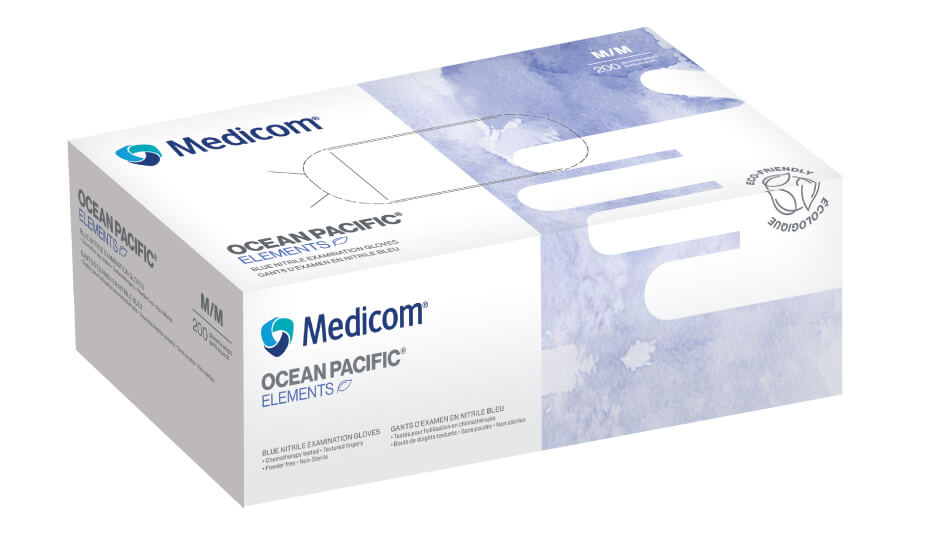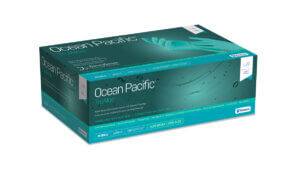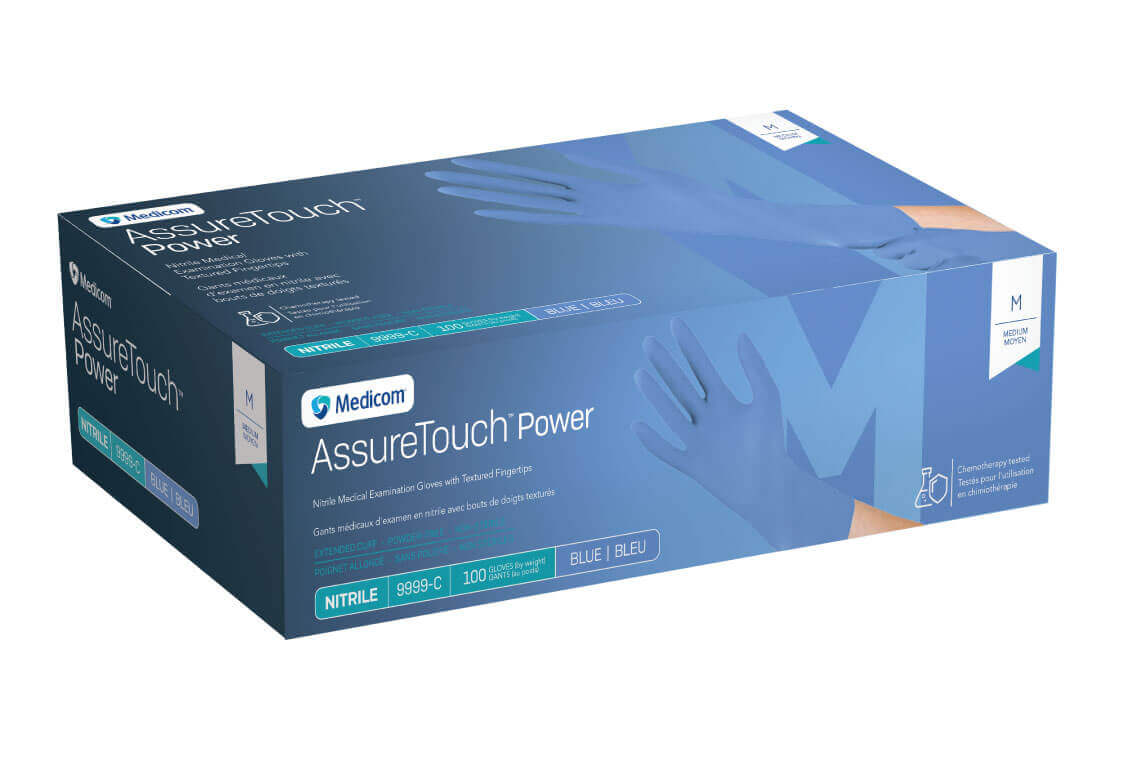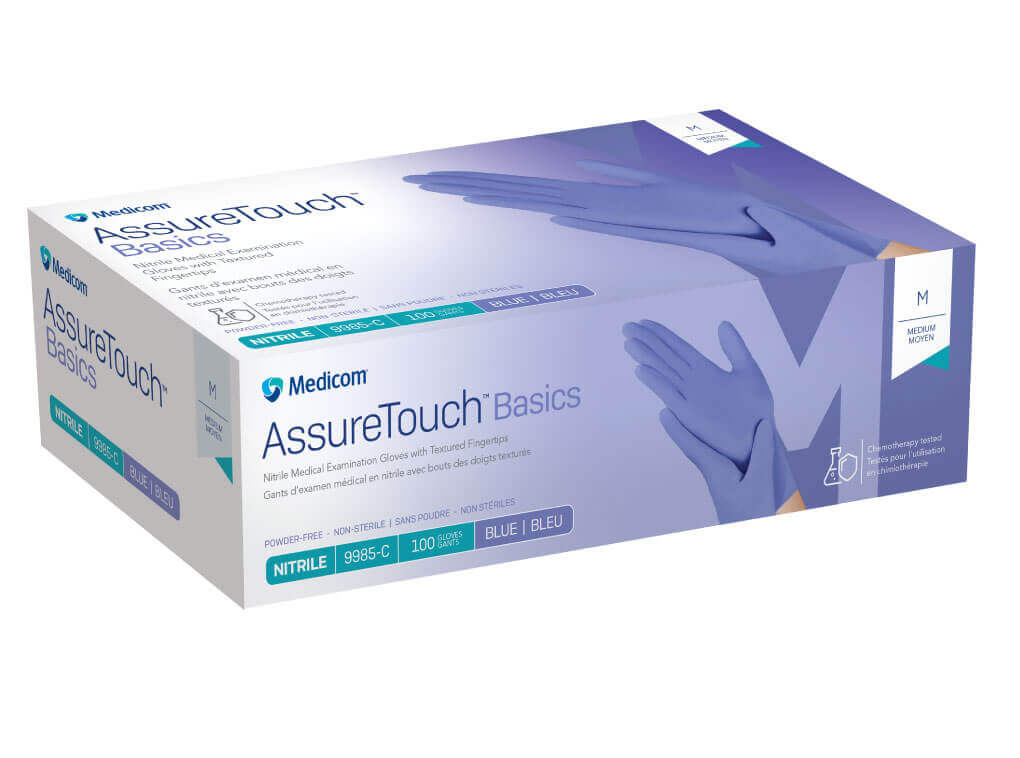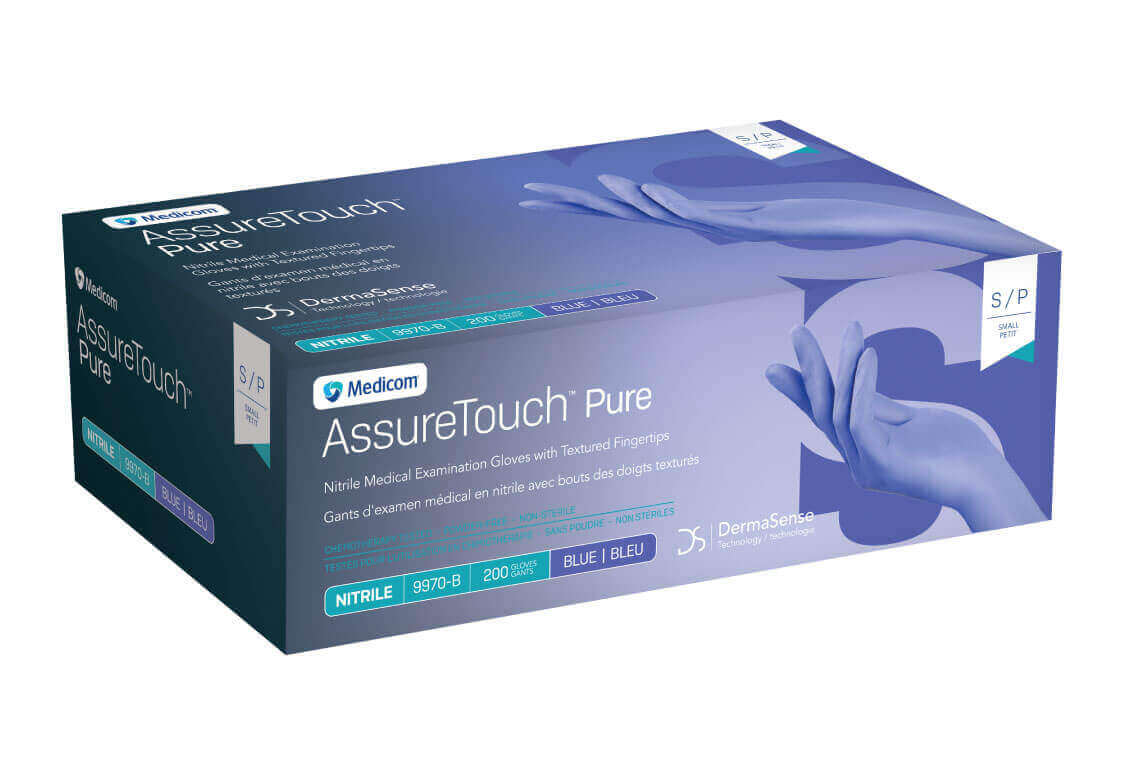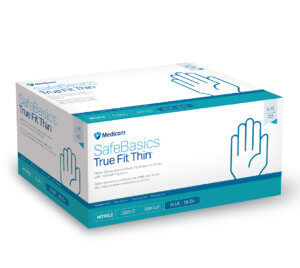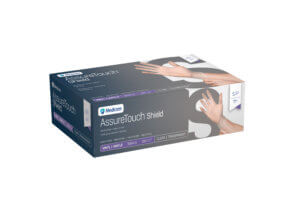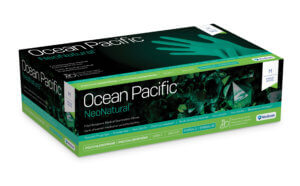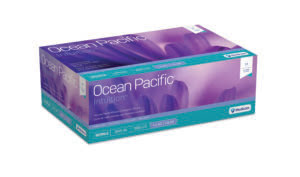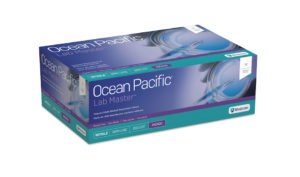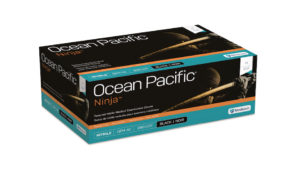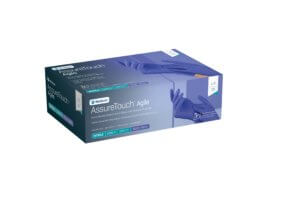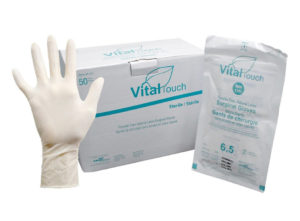Medical Examination Gloves vs. Surgical Gloves
While both medical examination gloves and surgical gloves are vital components of personal protective equipment (PPE) used in healthcare settings, each is designed with distinct characteristics to meet the specific requirements of their intended use. Choosing the appropriate type of glove for the procedure and level of risk is essential to ensuring the safety of both healthcare providers and patients.
Quality for both types of gloves is described in terms of their “Acceptable Quality Level (AQL)”, a statistical measure of the number of pinholes and other defects in a batch of gloves.
AQL is measured using air and water leak tests and serves as a direct indicator of a manufacturer’s process quality and aspects such as glove length, width and thickness.
The lower the AQL, the better the glove quality.
Acceptable Quality Level Per Glove Type:
Glove Type
- Examination
- Surgical
AQL
- 2.5 or less
- 1.5 or less
Glove Type
AQL
All Gloves (18 products)

ABOUT EXAM GLOVES
Medical examination gloves are generally thinner and more flexible than surgical gloves, allowing for greater tactile sensitivity and dexterity, which is essential for tasks that require fine motor skills.
Medical examination gloves should be selected based on the task to be performed:
| Risk | Criteria | Example | Glove Type |
|---|---|---|---|
| Low |
|
|
|
| Medium |
|
|
|
| High |
|
|
|
ABOUT SURGICAL GLOVES
Surgical gloves are sterile gloves specifically designed for use during surgical procedures to maintain aseptic conditions in the operating room and prevent the transmission of pathogens between the surgical team and the patient.
Made from high-quality materials such as latex or synthetic polymers like polyisoprene, surgical gloves are thicker and more resistant to punctures and tears than examination gloves. They are manufactured to meet stringent quality standards to ensure optimal barrier protection and durability during invasive procedures where there is a higher risk of exposure to blood, bodily fluids and infectious agents.
Glove color
Surgical gloves are also distinguished by their color. Whereas natural rubber latex gloves are cream colored, colored gloves allow healthcare professionals to easily identify non-latex gloves. This can prove invaluable in an emergency when a patient’s latex-sensitivity/allergy status is unknown. In the event surgery is required, staff can quickly grab a green or white surgical glove, knowing that it is latex free.
As an added benefit, when over and under gloves are different colors, it is easy to detect tears or other defects.
• Level of barrier protection
• Strength and durability
• Puncture resistance
• Elasticity
• Comfort and fit
• Allergy potential
* Individual glove performance may vary.
| Glove Type | Nitrile (Exam) | Polychloroprene (Exam/Surgical) | Polyisoprene (Surgical) | Latex (Exam/Surgical) | Vinyl (Exam) |
|---|---|---|---|---|---|
| Level of Barrier Protection | Excellent | Excellent | Excellent | Excellent | Poor |
| Strength and Durability | Excellent | Excellent | Very Good | Excellent | Poor |
| Puncture Resistance | Excellent | Good | Good | Very Good | Poor |
| Elasticity | Very Good | Excellent | Excellent | Excellent | Fair to Poor |
| Comfort and Fit | Very Good | Excellent | Very Good | Excellent | Fair |
| Allergy Potential | Low | Low | Low | High | Very Low |
- Comfort and reduced hand strain during long surgical procedures
- Dexterity for precision when performing delicate tasks
- Tactile sensitivity to help detect tissue texture, sutures, and other subtle cues
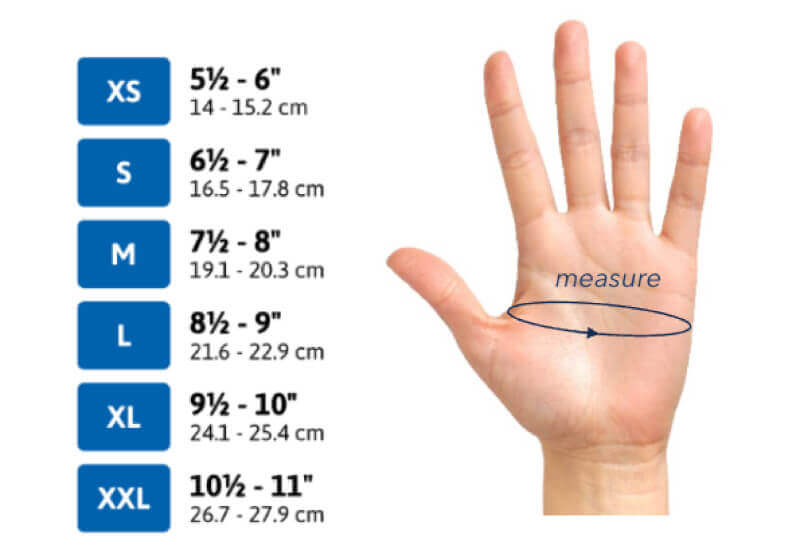
| Surgical glove category | Estimated % of use | Applications |
|---|---|---|
| Standard | 60% | General surgery |
| Micro | 20% | All surgeries, especially delicate ophthalmology, microsurgery and cardiovascular procedures |
| Ortho | 10% | All surgeries, especially high-risk orthopedic, trauma and cardiac procedures |
| Specialty | 10% | Under-gloving, radiation protection (C-arm and X-rays) |
Learn More
| MATERIAL | COMPOSITION | BENEFIT |
|---|---|---|
| Latex Gloves | Made of natural rubber | Highest level of comfort, flexibility, fit and tactile sensitivity |
| Nitrile Gloves | Made of synthetic material | Stretchy, durable |
| Vinyl Gloves | Made of synthetic material | Cost-efficient synthetic option, comfortable |
| Chloroprene Gloves | Made of synthetic material | Fit and feel similar to latex; durability and strength similar to nitrile |
Latex Gloves vs. Latex-free Gloves
Latex gloves are often preferred by healthcare providers since they provide the highest level of elasticity, comfort and fit. Surgeons often prefer latex gloves because they offer greater precision with high tactile sensitivity.
Despite latex’s advantages, latex allergies have become more common, so many healthcare providers are opting for latex-free glove options such as vinyl, nitrile or chloroprene.
Vinyl gloves, which are made from PVC (polyvinyl chloride), are usually the cheapest latex-free gloves. However, many prefer to use higher-end gloves such as nitrile gloves. Nitrile gloves are often preferred since these non-latex gloves best resemble the stretchy feel of latex gloves and are also highly durable and puncture resistant.
Another difference to consider when deciding between latex and latex-free gloves is the protection offered by each type of material. In general, latex gloves offer the best protection against bacteria and viruses, while synthetic gloves provide better chemical protection. Of the different types of latex-free gloves, nitrile gloves offer a higher degree of protection against viruses as well as protection against chemicals.
| Pros | Cons | |
|---|---|---|
| Chlorinated gloves | Gloves treated with chlorine are easier to put on and particle free to prevent allergic reactions. | Chlorine odor and shorter shelf life: chlorinated gloves become brittle after about a year and may last even less than a year if exposed to heat. |
| Non-chlorinated gloves | Closer in color to regular exam gloves and no chlorine odor. | Hard to put on and are not particle free, since a coating of tiny gel/silicone particles is applied to make them slightly easier to put on. |



 English (US)
English (US)
